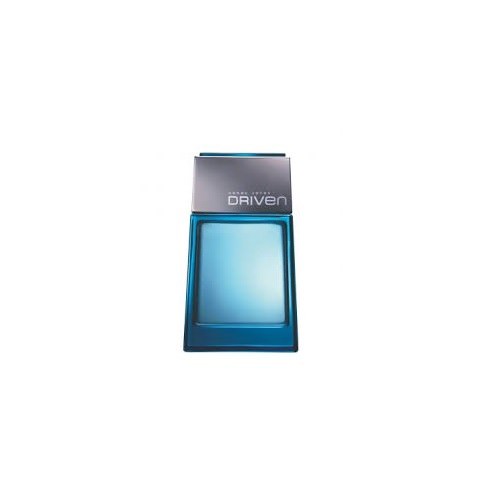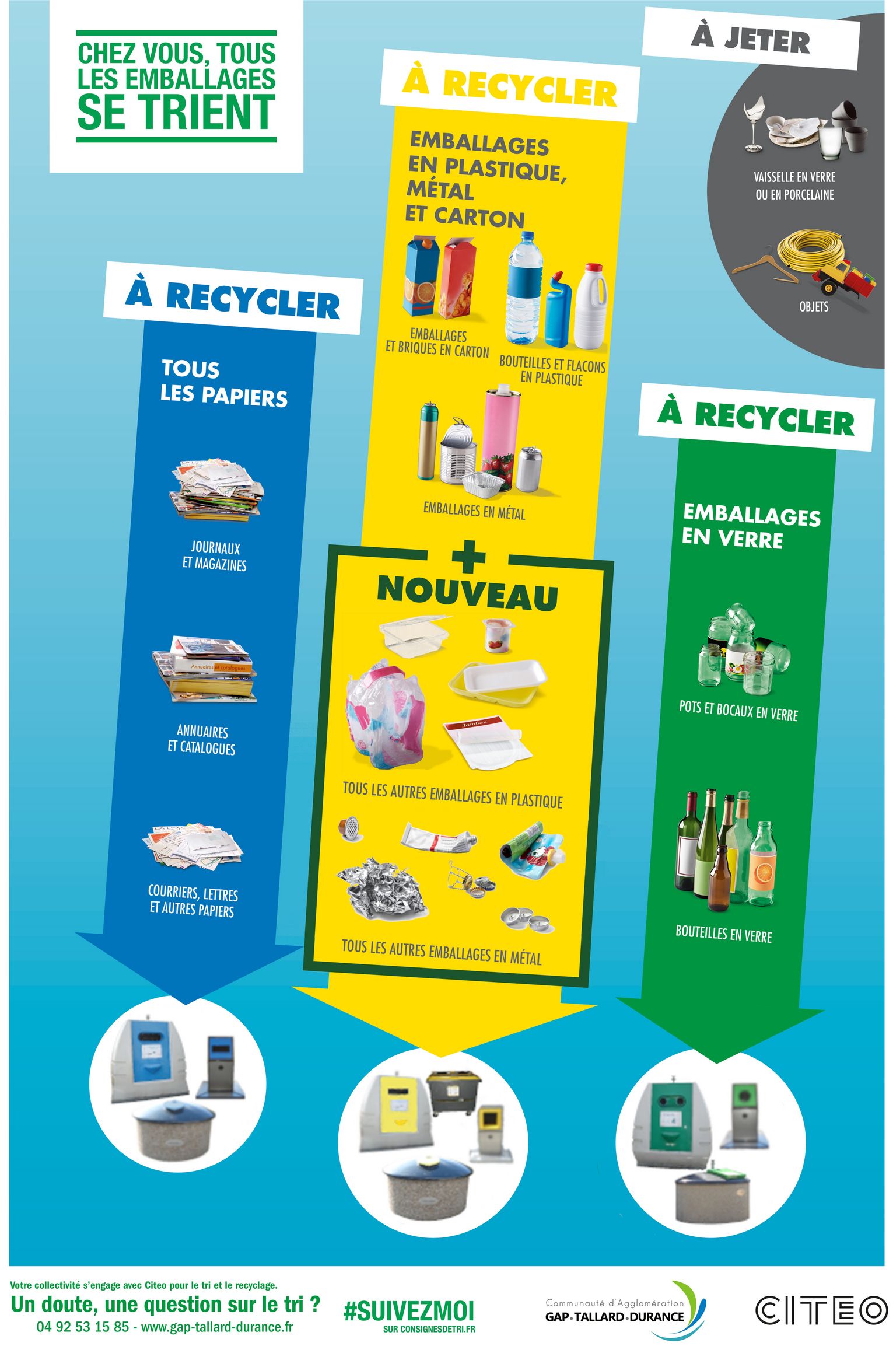

The young waif who inspired Baudelaire also found herself limned in a poem by Théodore de Banville, celebrated in a song by Pierre Dupont, and painted in oil by Émile Deroy in the mid- 1840s at a time when these four men were in close contact with one another in the heady days of their bohemian youth on the cusp of their creative careers.

I claim that Édouard Manet’s painting The Street Singer (1862) has ties to Charles Baudelaire’s poem “À une mendiante rousse.” The poem was included in the 1857 edition of Les Fleurs du mal and became a part of the Tableaux Parisiens in 1861. This approach offers a new reading of 'La Beauté' in formal terms as an example of Bakhtinian dialogism within lyric poetry. This language and the position it expresses are framed within the sonnet, whose implicit irony leads to what Bakhtin calls double voicing. The sonnet is thus incorporating the language of a speaker who is distinct from the lyric 'je' and cannot be reduced to a mask for him or a part of his divided self.

Recognizing the importance of Winckelmann in approaching this poem sheds light on the rejection of movement and emotion that is pronounced by Beauty, and which contradict Baudelaire's theoretical positions expressed elsewhere. This gives us a new reading of Beauty's claims as voicing the positions of neo-classical idealism, and specifically those of nineteenth-century academic theorists influenced by the eighteenth-century German inventor of art history, Winckelmann. Situating 'La Beauté' in the context of Baudelaire's art criticism allows us to understand it as part of his engagement in debates within the visual arts. The present study brings together arguments that see the speaker of the poem, Beauty, as a statue, along with those that understand the poem as being fundamentally ironic. Studies of Baudelaire's poem 'La Beauté' have generally agreed that it has a key role to play in our understanding of his aesthetic theories, but have differed wildly in how this role is interpreted. Second, in paying sufficient attention to his fascination with hyperbole, this paper also aims to cast light on how Baudelaire impregnates his hyperboles with Longinian phantasia, ‘image-production’, to fully practise the Romantic-subjective and affective-expression of beauty. Baudelaire critics are few who have called attention to Baudelaire’s taste for hyperbole moreover, in attending to the issue they show only lukewarm interest. First, it seeks to do justice to Baudelaire’s keen engagement in hyperbole.

The aim of this paper is therefore two-fold. Nevertheless, whilst hyperbole occurs frequently in his poems and is central to his affective poetics, skimpy is the scholarship on his poetical use of hyperbole. In fact, leafing through Les Fleurs du Mal, one can readily find hyperboles which inspire in the reader the affective intensity of le vertige, a word that recurs in Baudelaire’s poetical works. In ‘Théodore de Banville’, Baudelaire highlights hyperbole as the very marrow of modern lyric as it speaks to the very spirit of the word lyre, ‘l’ardente vitalité spirituelle’.


 0 kommentar(er)
0 kommentar(er)
